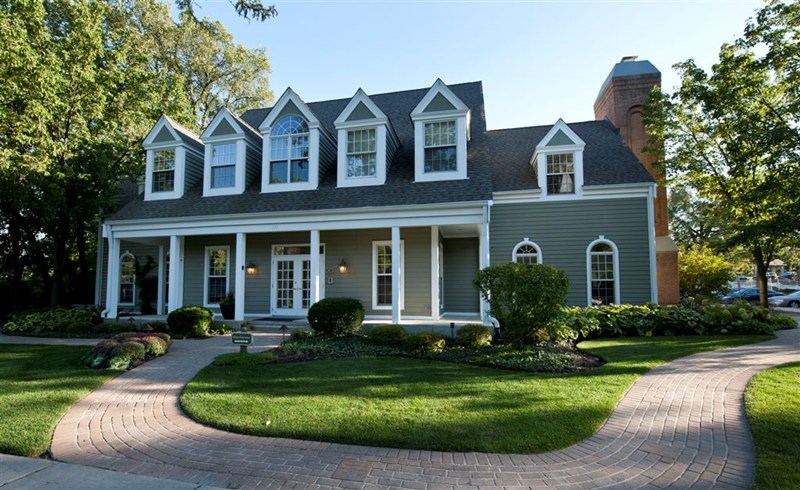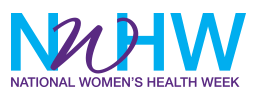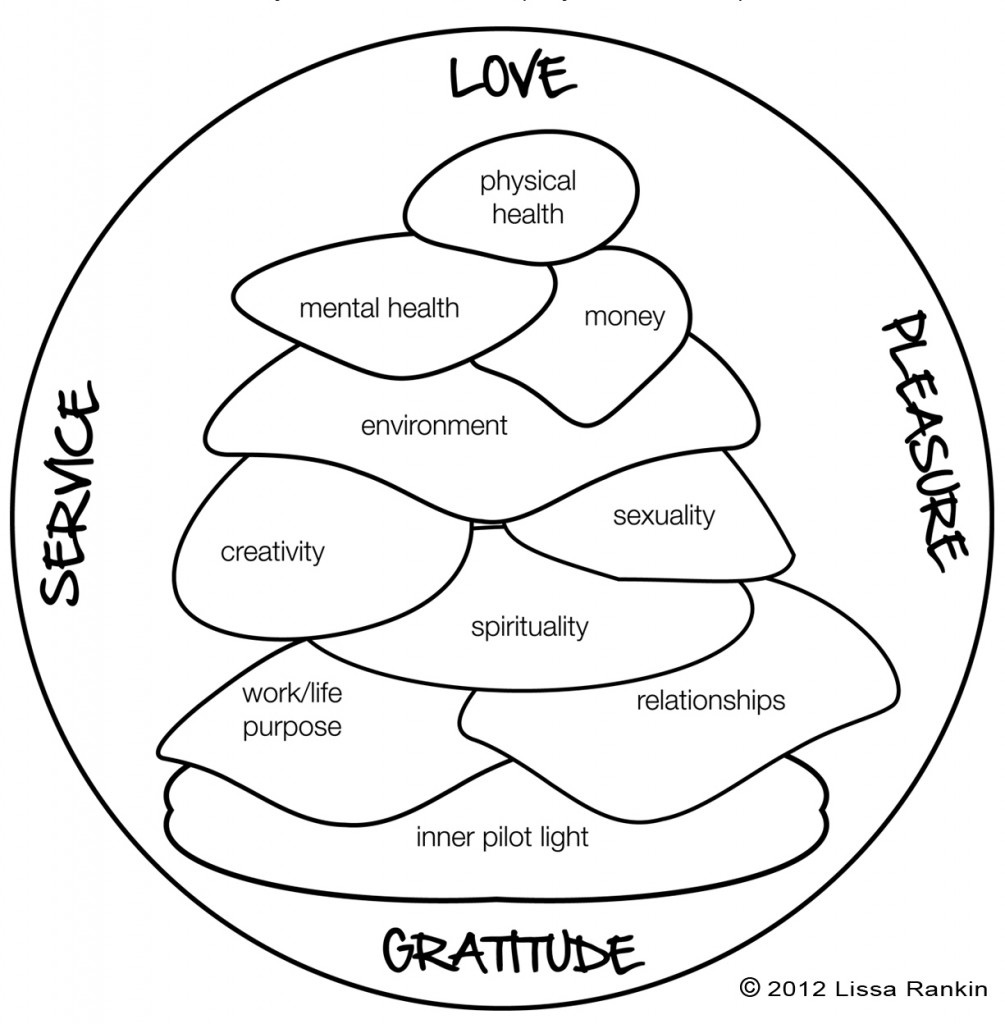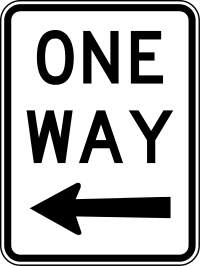There is a wide range of pricing for Reiki Classes. The fees charged by Mrs. Takata (the Japanese-American woman who brought Reiki to the United States) for Reiki Classes in the 1970s were:
- Reiki 1 = $150
- Reiki 2 = $200
- Reiki Master = $10,000
Based on current inflation rates using the Inflation Rate Calculator found here, that would mean that in 2014, Reiki Classes should cost:
- Reiki 1 = $655
- Reiki 2 = $873
- Reiki Master = $43,640
However, Reiki Classes are still consistently offered for rates very similar to those that Mrs. Takata charged. Even at slightly higher rates, Reiki Class remains one of the most cost-effective self-care practices that you’ll ever learn.
Please consider the following example: A Reiki 1 Class with a tuition of $200 includes 7 hours of instruction time (often in a very small class setting) bringing the hourly cost to: $29 per hour. After class you are fully trained to practice Reiki on yourself and others. You never have be reattuned, and, honestly, you never have to pay your Reiki teacher another dollar, unless you choose to go on to another level of Reiki practice or you want one-on-one Reiki Sessions. You then have within you, literally, all the time, the ability to connect with source/with spirit/with relaxation — anytime, anywhere. All for $29 an hour. Now, that’s an excellent value for your dollar!
Hoping to see you at an upcoming Reiki Class for the bargain of your life! Oh, and for the Reiki too! 😉
With love and light!
[twitter-follow screen_name=’u_r_reiki’]

 for the past three years. The Wellness House is a welcoming center for people living with cancer. It provides many programs to support cancer patients, survivors, and their families, through support groups, workshops, and a variety of classes in exercise, nutrition, meditation, and other wellness topics. I offer Reiki Sessions as part of the Wellness Tune-Up Program. It is such an uplifting experience to see a client, who entered the room full of anxiety and distress, leave with a feeling of calm and lightness.
for the past three years. The Wellness House is a welcoming center for people living with cancer. It provides many programs to support cancer patients, survivors, and their families, through support groups, workshops, and a variety of classes in exercise, nutrition, meditation, and other wellness topics. I offer Reiki Sessions as part of the Wellness Tune-Up Program. It is such an uplifting experience to see a client, who entered the room full of anxiety and distress, leave with a feeling of calm and lightness.



 People new to Reiki often ask if I “catch” their “negative” energy, their problems, or their stress. Each time I’m asked this question, I wholeheartedly reassure my clients that Reiki is a one-way street. As the Reiki practitioner, I’m offering Reiki to the recipient. She then draws in that energy as needed by her body, mind, and spirit for her highest healing good. I do not control the Reiki. I offer it and the recipient is in charge.
People new to Reiki often ask if I “catch” their “negative” energy, their problems, or their stress. Each time I’m asked this question, I wholeheartedly reassure my clients that Reiki is a one-way street. As the Reiki practitioner, I’m offering Reiki to the recipient. She then draws in that energy as needed by her body, mind, and spirit for her highest healing good. I do not control the Reiki. I offer it and the recipient is in charge.